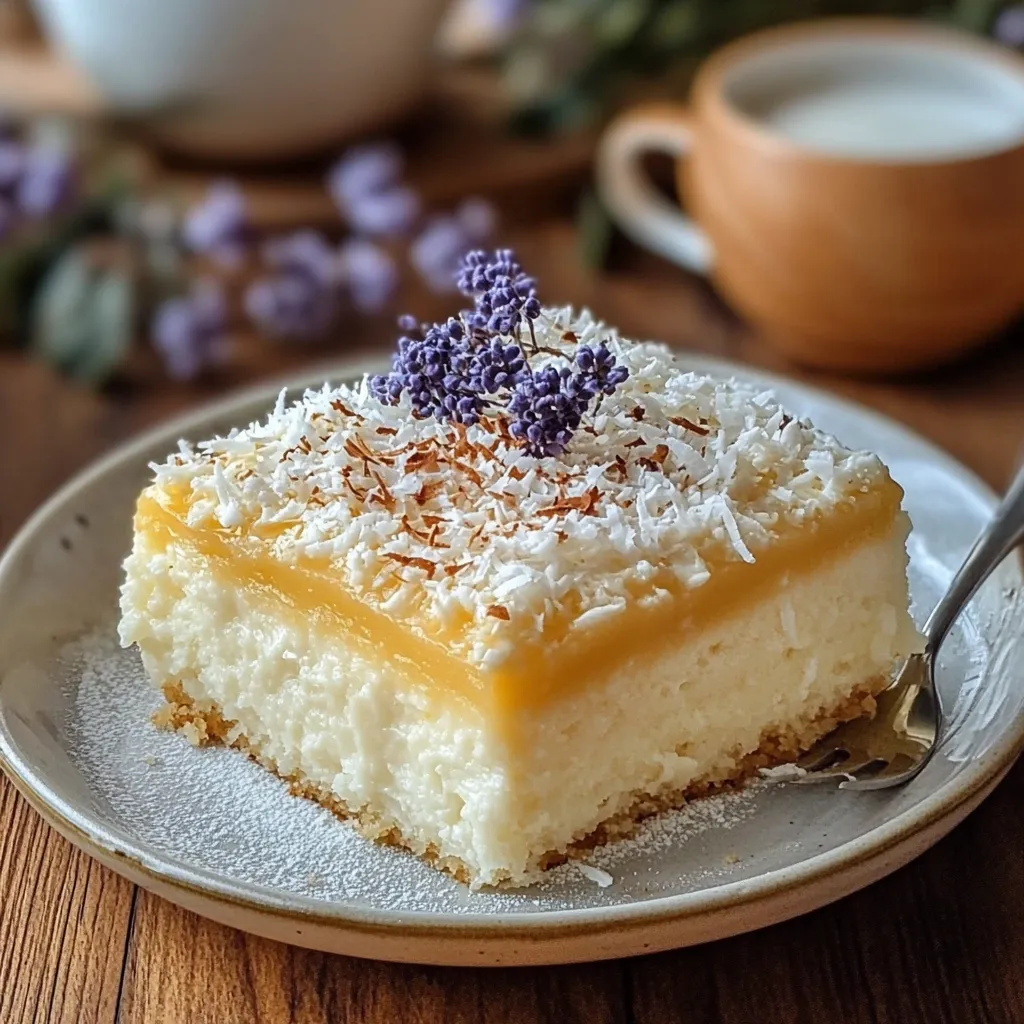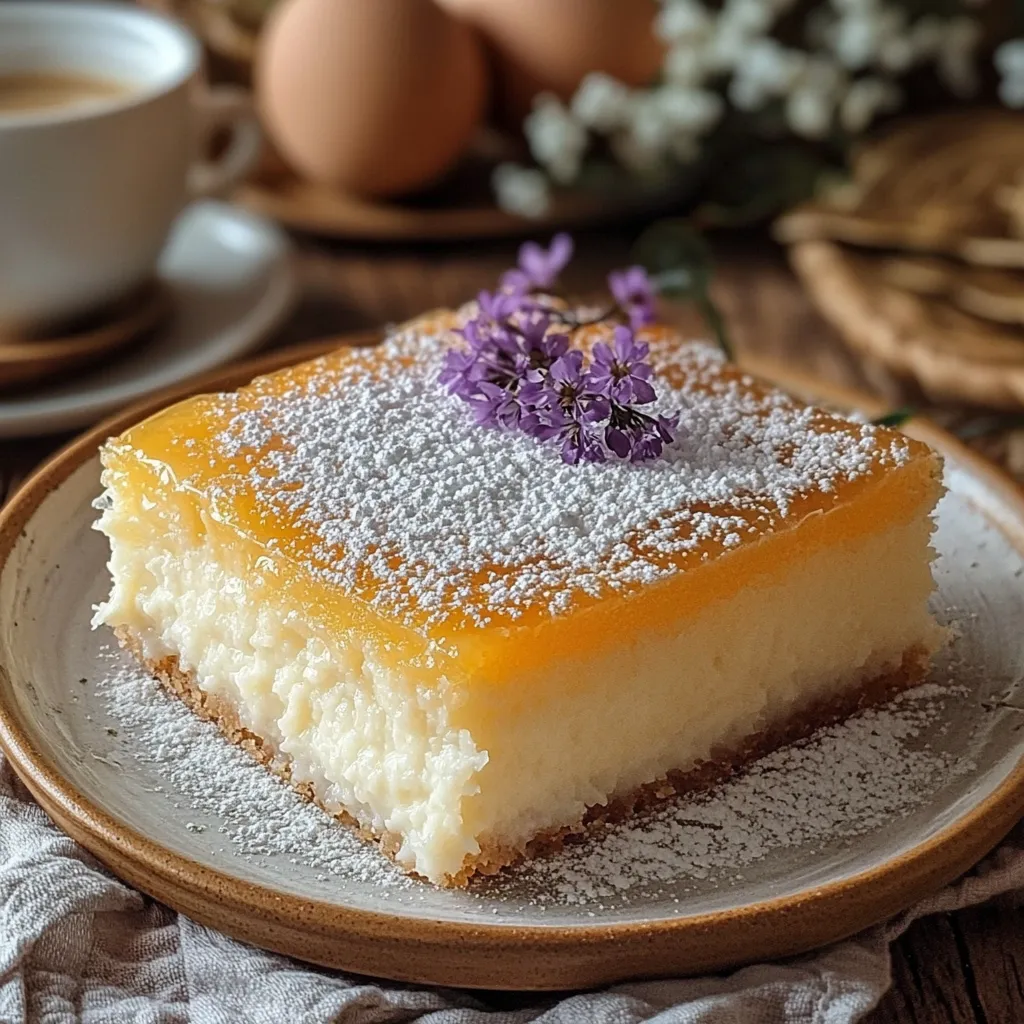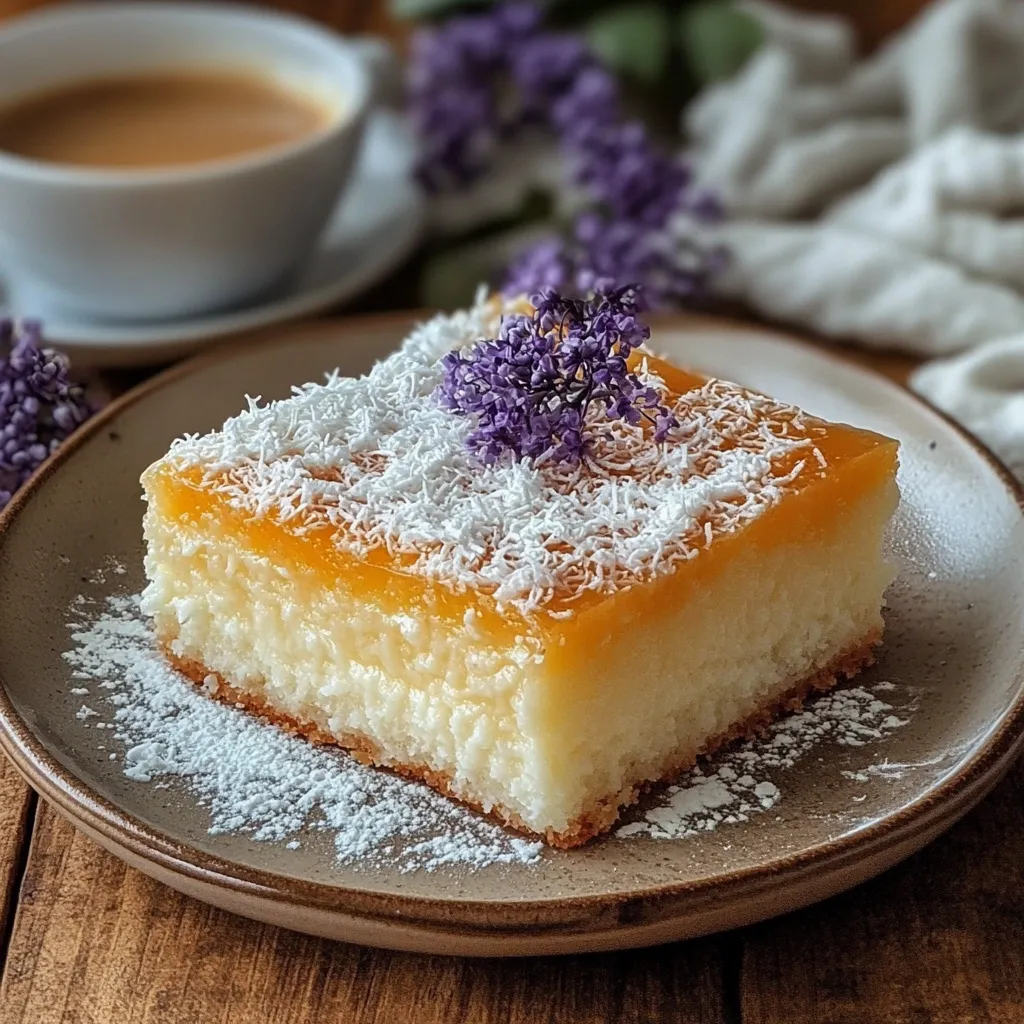 Pin it
Pin it
This creamy milk cake has become my secret weapon for impressing guests without spending hours in the kitchen. The combination of regular milk and coconut milk creates a texture that's somehow both fluffy and decadent at the same time.
I discovered this recipe during a particularly stressful week when I needed something foolproof yet special for a last-minute dinner party. The first bite convinced me this would become a permanent addition to my dessert rotation.
Ingredients
- Condensed milk: Adds the perfect level of sweetness and contributes to the cake's dense yet tender crumb
- Whole milk: Creates richness that lower fat milks simply cannot achieve
- Coconut milk: Introduces a subtle tropical flavor that elevates this cake beyond ordinary desserts
- All purpose flour: Provides structure while still allowing for a tender texture
- Sugar: Works with the condensed milk for balanced sweetness throughout
- Eggs: Bind everything together while creating lightness in the final cake
- Melted butter: Enriches the flavor and helps create that irresistible golden top
 Pin it
Pin it
Step-by-Step Instructions
- Blend the batter:
- Take your time ensuring all ingredients are completely incorporated into a smooth mixture. This is crucial for achieving that perfect texture. I recommend starting with eggs and sugar until well combined, then gradually adding the liquid ingredients followed by the flour.
- Prepare your pan:
- Use a generous amount of butter to thoroughly coat your baking pan, then dust lightly with flour. This prevents the delicate cake from sticking and ensures clean removal after baking.
- Bake with patience:
- The magic happens during baking as the mixture transforms from liquid batter to moist cake. Watch for the edges to pull away slightly from the pan and the top to turn golden brown. Resist the urge to open the oven door during the first 30 minutes.
- Cooling period:
- Allow the cake to cool completely in the pan before attempting to remove it. This cooling time is not optional. The cake continues to set during this period, developing its characteristic texture.
This cake reminds me of afternoons at my grandmother's house where she would serve something similar with strong coffee. The coconut milk is my modern addition that always gets questions about what makes it taste so special.
Storage Solutions
This milk cake actually improves with time in the refrigerator. Store it covered for up to five days, though it rarely lasts that long in my household. The flavors continue to meld and the texture becomes even more luscious after the first day. I recommend slicing only what you plan to serve immediately to keep the rest of the cake pristine.
Flavor Variations
While the coconut milk version is my favorite, you can customize this cake in countless ways. Replace the coconut milk with the same amount of regular milk for a more traditional flavor. Add a teaspoon of vanilla extract or almond extract for subtle aromatic notes. For chocolate lovers, add 2 tablespoons of cocoa powder to the batter. Each variation maintains the beautiful texture while offering different flavor profiles.
Serving Suggestions
This cake needs little embellishment but can be dressed up for special occasions. A light dusting of powdered sugar creates a beautiful presentation. Fresh berries served alongside provide a tart contrast to the sweet cake. For an indulgent dessert, drizzle each slice with a spoonful of caramel sauce or dulce de leche. The cake pairs wonderfully with coffee, tea, or even a glass of dessert wine.
 Pin it
Pin it
Cultural Context
This style of milk-soaked cake has roots in various culinary traditions around the world. Similar to tres leches cake from Latin America, this version incorporates coconut milk for a subtle tropical twist. The technique of creating ultra-moist cakes using milk mixtures can be found across many cultures, from Portuguese to Filipino desserts. Each region puts its own spin on the basic concept, resulting in a global family of beloved milk cakes.
Frequently Asked Questions
- → What makes this cake creamy?
The combination of condensed milk, whole milk, and coconut milk gives the cake its signature creamy texture.
- → Can I substitute coconut milk in this cake?
Yes, you can use heavy cream or almond milk as a substitute, though it will alter the flavor slightly.
- → How do I ensure a smooth batter?
Blend all ingredients together until there are no lumps for the smoothest texture.
- → How do I know when the cake is done?
The cake is ready when the top is golden and a toothpick inserted in the center comes out clean.
- → What’s the best way to serve this cake?
This cake pairs wonderfully with a cup of coffee or tea, especially when served cool.
